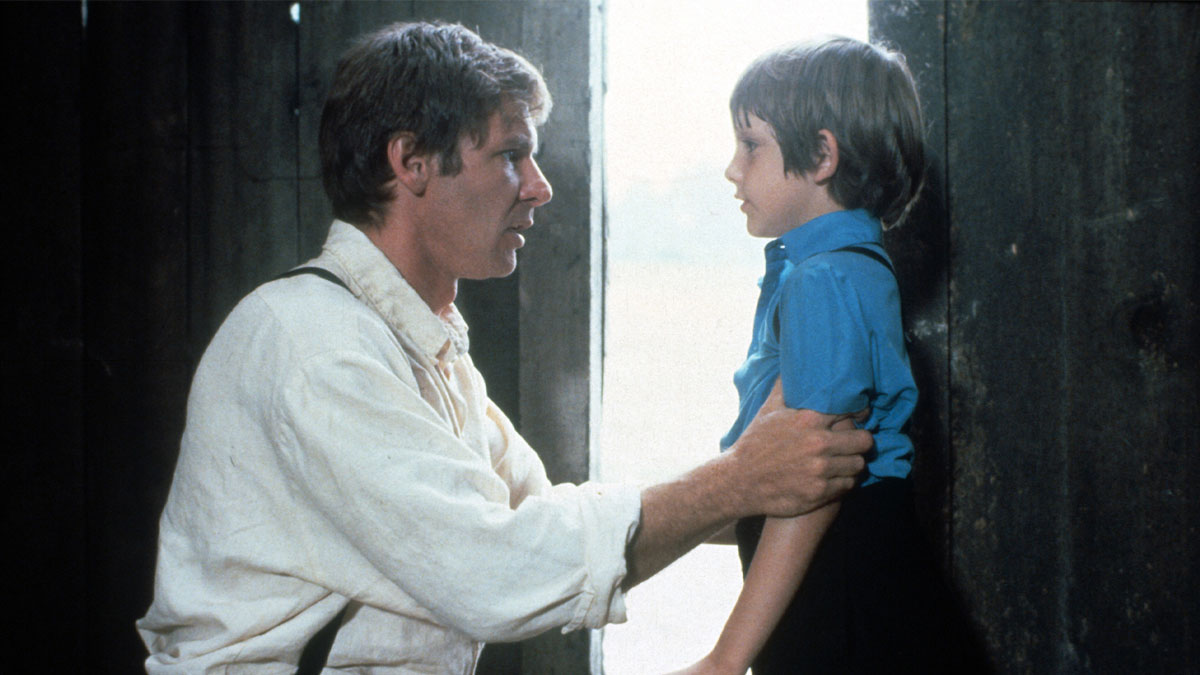
(c) Photofest / Getty Images
The Amish depicted in the movie “Witness” and their awareness of the other world
2021.02.15
Room for interpretation created by omitting explanatory depictions
*I want to avoid spoilers as much as possible, so I won't go into details, but I'll mention the last part, so if you're concerned about spoilers, please watch the movie before reading.
The relationship between Rachel and John follows the typical Beauty and the Beast and the Beast pattern, and gradually changes as they understand each other and influence each other. John learns etiquette and respects others, and through exposure to Amish life, he is temporarily freed from a life where violence was the norm. Rachel also develops curiosity and respect for John, which causes her to reconsider the Amish way of life, which prioritizes customs.
But in the end, the two never end up together. The cultural gap between John and Rachel never closes, and each returns to their own worlds. No, it was precisely because they recognized each other's different values that they decided to return the person they loved to the world where they belonged. Personally, I think it makes more sense to interpret it that way, but how about you take a look at it?

"Witness" (c) Photofest / Getty Images
Director Peter Weir cut out a lot of dialogue from the script (the initial draft was three hours long) and avoided explaining it in words as much as possible. The result is a work that respects the Amish spirit more than the scriptwriters William Kelly and Earl W. Wallace originally intended, compared to the novelized version, which retains elements of the initial script. You can see it.
For example, in the novelization, Rachel comes to approve of the violence that John uses in the name of justice. In the end, he even thinks, ``There's no one else who can hit like that.'' This is completely contrary to Amish doctrine. The movie, on the other hand, is more open to interpretation, at least there is no explicit depiction of Rachel being fascinated by John's violence.
The performances of the actors also add to the range of the work. One night, John comes across Rachel washing. Rachel slowly turns to John, still half-naked, but John stands there, unable to do anything, even though he is attracted to Rachel.
In the novelization, Rachel confesses her feelings about surrendering herself to John the next day. Director Weir also commented that Rachel made sexual advances to him, but Kelly McGillis, who played Rachel, asserts, ``I didn't think there was any sexual intent in the role.'' McGillis interpreted that Rachel, who had not lost her Amish purity, was not the kind of woman who would engage in sexual advances.
In fact, thanks to McGillis's flat expression, it becomes a famous scene that conveys the feelings of John, who is confused as he cannot understand the true meaning of her gaze. It's not that anyone has the correct answer, but it's interesting that the omission of explanation leaves room for interpretation here as well.

